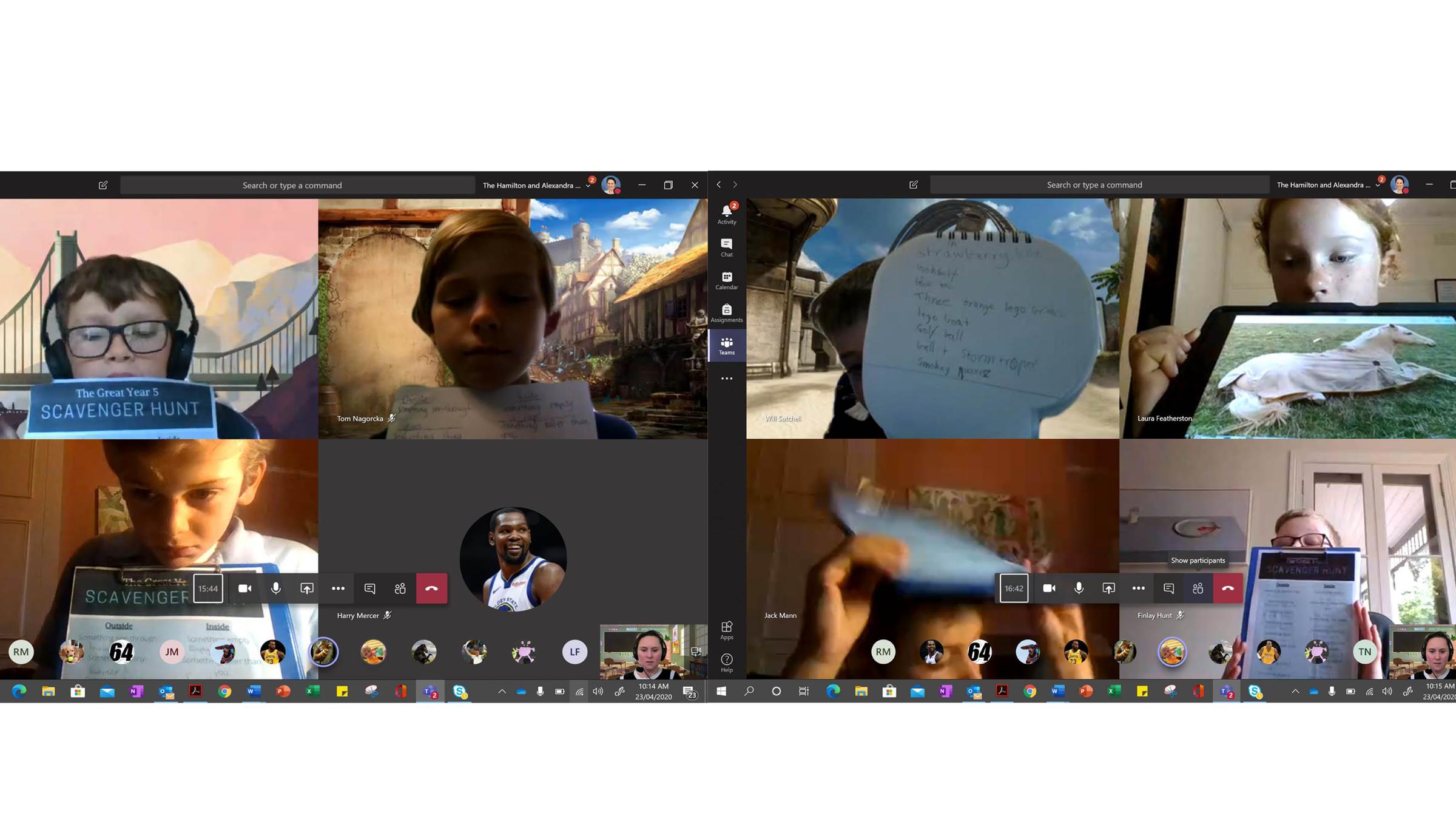Teaching and Learning

Teaching and Learning
Have you heard the story of the class that was told to read the instructions carefully before beginning work? The students begin enthusiastically with task number one, only to find that the last item says, “Now that you have finished reading everything carefully, don't do any of the activities above. Just fold your hands on your desk and wait quietly while your friends finish.”
Many adults consider that they follow instructions carefully, but the reality is that we skim read, skip steps and often make up tasks to do. I have been thinking about this notion of instruction and the great expectations we have that our children will learn at this time of remote learning. We want our students to be able to participate in the class tasks and make progress. But for many students, things may unravel at the start of the class. They may fail to understand and follow the instructions and for whatever reason, they may not reach out to the teacher for clarification.
As a parent or guardian at home you may observe that your child:
One of the things our teaching team is working hard to do in the Remote Learning Program is to offer several modes of instruction: written, visual, audio and/or video. Some students have been successfully syncing their Class OneNote, reading each new set of class instructions prior to the lesson and starting work independently. Other students require the reinforcement from the teacher via a Video TEAMS meeting. Sometimes this is followed up by watching a video or listening to an audio file that reinforces instruction again.
If you notice that your child is taking longer than usual to get started at the beginning of an RLP lesson, then help them get organised and look through the Class OneNote together, point out instructions or the to do list. Some of our students have formed ‘study groups’ and these groups function like a table in the classroom with peers supporting each other to clarify instructions and work expectations. Teachers are available throughout the duration of the lesson and can be contacted via email or TEAMS to support your child with the class work. At College we are proud of the partnership we have with our students, parents and teachers. We have great expectations that we will continue to work together, being the best that we can be.
Susan Bradbeer
Deputy Principal Teaching and Learning